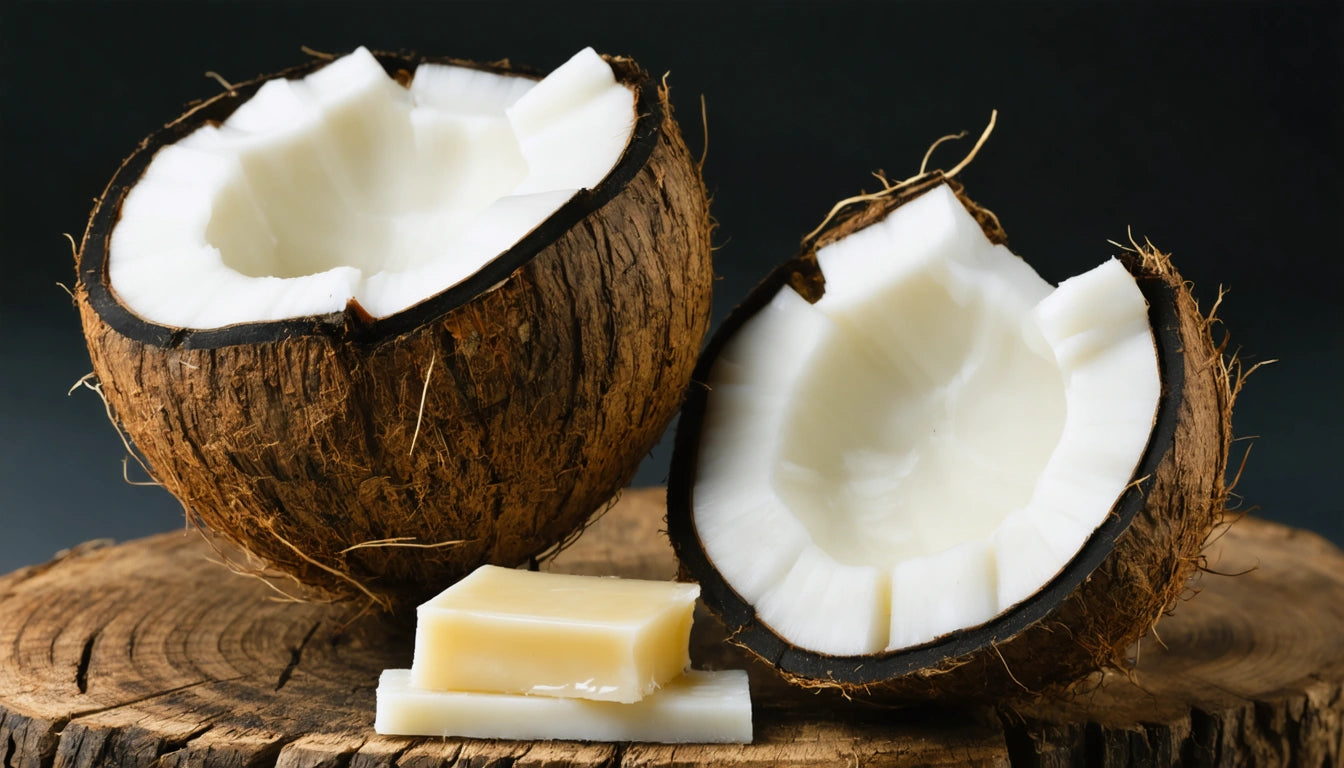Table of Contents
- Why Coconut Oil is Ideal for Cannabis Infusion
- The Essential First Step: Decarboxylation
- Three Effective Infusion Methods
- Temperature Considerations for Perfect Infusion
- Straining and Storing Your Infused Oil
- Creative Uses for Cannabis-Infused Coconut Oil
- Understanding Dosage and Potency
- Advanced Techniques and Future Applications
How to Infuse Coconut Oil with Cannabis: A Comprehensive Guide
Cannabis-infused coconut oil has become increasingly popular among both recreational users and those seeking natural wellness alternatives. This versatile carrier oil not only absorbs cannabinoids efficiently but also offers numerous health benefits on its own. Whether you're looking to make edibles, topicals, or simply add it to your daily regimen, learning how to infuse coconut oil with cannabis properly ensures maximum potency and consistent results.
Why Coconut Oil is Ideal for Cannabis Infusion
Coconut oil stands out as an exceptional medium for cannabis infusion due to its high fat content, particularly saturated fats. THC and other cannabinoids are fat-soluble, meaning they bind effectively to fatty substances. With approximately 80% saturated fat content, coconut oil outperforms other options like olive oil (around 20%) or butter (about 60%) in terms of cannabinoid extraction efficiency.
Additionally, coconut oil offers versatility in its forms. Virgin coconut oil provides a distinct flavor that complements cannabis, while refined coconut oil offers a more neutral taste profile for those who prefer minimal flavor impact. Its solid state at room temperature also makes it ideal for topical applications and precise dosing in recipes.
The Essential First Step: Decarboxylation
Before infusing your oil, you must decarboxylate your cannabis flower. This process activates the cannabinoids by converting THCA into THC through heat exposure. Without this crucial step, your infusion will lack potency.
To decarboxylate properly:
- Preheat your oven to 240 °F (115 °C)
- Break up your cannabis flower into small, even pieces
- Spread evenly on a parchment-lined baking sheet
- Bake for 30-40 minutes, stirring halfway through
- The cannabis should turn a light to medium brown and feel dry to the touch
This process creates a noticeable aroma, so ensure proper ventilation in your kitchen. For those concerned about discretion, consider using methods like sealed containers during decarboxylation to minimize odor.
Three Effective Infusion Methods
Once your cannabis is decarboxylated, you can proceed with infusion. Here are three reliable methods to infuse coconut oil with cannabis:
Stovetop Method
The stovetop method offers direct control over temperature and timing:
- Combine decarboxylated cannabis and coconut oil in a saucepan using a 1:1 ratio (e.g., 7-14 grams of cannabis to 1 cup of oil)
- Heat on low (ideally between 160-200 °F or 70-93 °C) for 2-3 hours
- Stir occasionally and monitor temperature with a cooking thermometer
- Never allow the mixture to boil or exceed 200 °F
This method requires vigilance but allows for precise temperature control.
Slow Cooker Method
For a more hands-off approach:
- Add decarboxylated cannabis and coconut oil to your slow cooker
- Set to low and infuse for 4-6 hours, stirring occasionally
- Keep the lid slightly ajar to prevent condensation from dripping back into the mixture
- Some users add a small amount of water to help regulate temperature
The slow cooker method is popular for its convenience and reduced risk of overheating.
Mason Jar Method
For minimal odor and easy cleanup:
- Place decarboxylated cannabis and coconut oil in a mason jar and seal tightly
- Set the jar in a water bath in a slow cooker or pot
- Heat on low for 2-3 hours
- Ensure the water level stays below the jar's lid
This method contains the aroma and simplifies the straining process. It's also helpful for those who want to make smaller batches of infused oil.
Temperature Considerations for Perfect Infusion
The question of what temperature to infuse weed into butter and coconut oil is critical for success. Too hot, and you'll degrade the cannabinoids; too cool, and extraction will be inefficient.
For optimal results:
- Keep temperatures between 160-200 °F (70-93 °C)
- Never allow the mixture to boil or smoke
- Use a cooking thermometer for accuracy
- Longer infusion times at lower temperatures generally yield better results than shorter times at higher temperatures
Some enthusiasts experiment with adding lecithin (a binding agent) to increase bioavailability, though this remains optional for basic infusions.
Straining and Storing Your Infused Oil
After infusion, proper straining ensures a smooth final product:
- Line a fine-mesh strainer with cheesecloth
- Pour the warm mixture through the cheesecloth into a clean container
- Gather the cheesecloth corners and gently squeeze to extract remaining oil
For storage, use proper containers to maintain freshness. Many enthusiasts use high-quality resealable storage bags for portioning and preserving their infused oils, which helps maintain potency over time and provides convenient measurement for recipes.
Store your infused coconut oil in a cool, dark place or refrigerate for extended shelf life (3-6 months). Freezing can further extend viability up to a year.
Creative Uses for Cannabis-Infused Coconut Oil
The versatility of cannabis-infused coconut oil extends beyond basic edibles:
- Cooking base for savory dishes and baked goods
- Ingredient for homemade gummies and chocolates
- Addition to coffee, tea, or smoothies
- Base for topical salves and lotions
- Massage oil for localized relief
For those wondering how to make weed gummies with infused coconut oil, the process involves combining your infused oil with gelatin, fruit juice, and sweeteners before setting in molds.
Understanding Dosage and Potency
Determining potency can be challenging without lab testing. For home infusions, start with these guidelines:
- Low dose: 5-10mg THC per serving
- Medium dose: 10-25mg THC per serving
- High dose: 25-50mg THC per serving
When using infused coconut oil in recipes, calculate the approximate THC content by estimating your starting material's potency and dividing by the number of servings. Always start with a small amount to gauge personal tolerance.
For more precise dosing information, consult detailed guides on cannabis edible preparation.
Advanced Techniques and Future Applications
As you become comfortable with basic infusion, consider exploring advanced techniques:
- Infusing with specific terpene profiles for targeted effects
- Combining multiple strains for entourage effects
- Using coconut oil infused with cannabis wax or concentrates for higher potency
- Experimenting with herb blends (lavender, chamomile) alongside cannabis
The cannabis culinary world continues to evolve, with innovations in infusion technology making the process more accessible and precise. Whether you're creating wellness products or exploring culinary applications, mastering cannabis-infused coconut oil opens doors to countless creative possibilities.
Remember that practice makes perfect. Keep detailed notes on your methods, temperatures, and results to refine your process over time. With patience and attention to detail, you'll soon be creating consistently potent, versatile cannabis-infused coconut oil for all your needs.











Leave a comment
All comments are moderated before being published.
This site is protected by hCaptcha and the hCaptcha Privacy Policy and Terms of Service apply.